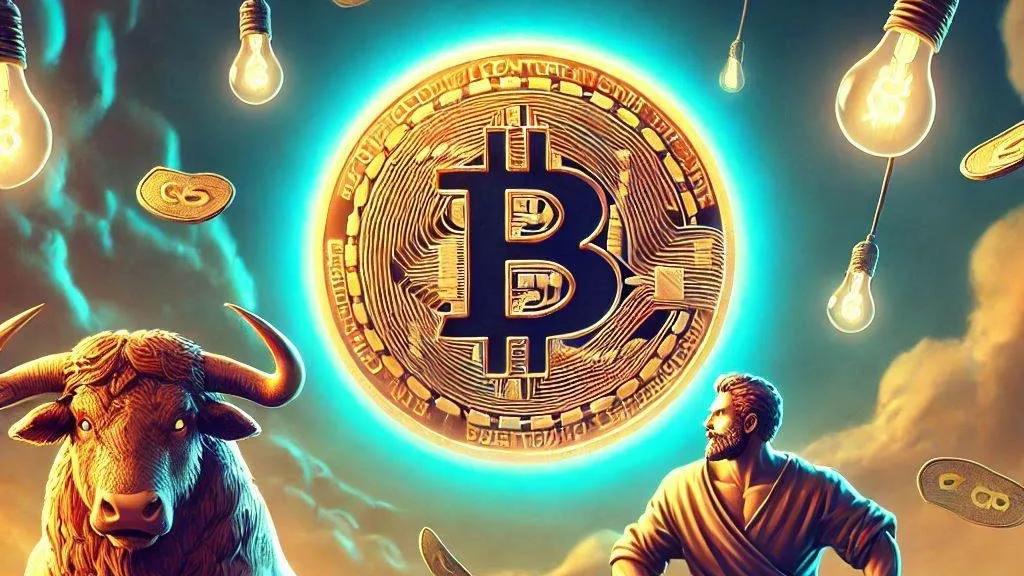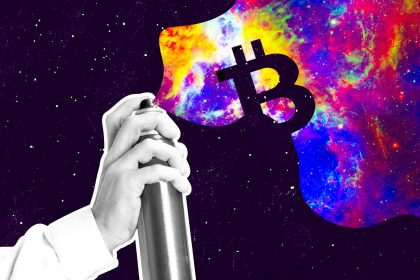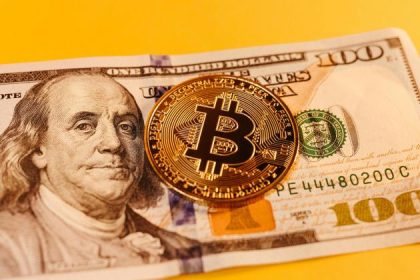Bitcoin’s recent price rally has been nothing short of impressive. The leading cryptocurrency surged from around $90,000 to hit a new all-time high of $109,357.07 in just one week, marking a significant recovery. However, the latest analysis from Bitfinex suggests that Bitcoin’s upward momentum may be facing challenges in the coming weeks. The combination of short-term investor behavior, institutional buying, and the anticipation surrounding President Trump’s policies could lead to a volatile period for the world’s most valuable digital asset.
Sell-the-News Event and Market Sentiment
Bitcoin’s latest surge coincided with a growing sense of optimism in the market, with some speculating that the cryptocurrency could continue to rise. However, Bitfinex’s report highlights the risk of a “sell-the-news” event following the inauguration of President Donald Trump. While Bitcoin has shown impressive growth, the market could experience a temporary dip as traders look to cash in on recent gains in anticipation of potential regulatory declared or executive orders.
This concept of “sell-the-news” refers to a market behavior where traders buy into a certain event—like a major political or economic milestone—only to sell off when the event actually happens. In Bitcoin’s case, the uncertainty surrounding Trump’s policies on crypto regulation and taxation could trigger such a scenario, leading to short-term corrections in Bitcoin’s price.
The Role of Short-Term Holders in Bitcoin’s Price Dynamics
A key factor in Bitcoin’s current price movement is the behavior of short-term holders—those who have owned their Bitcoin for less than 155 days. These holders are more likely to react to price fluctuations, buying and selling quickly to lock in profits or limit losses. According to the latest Bitfinex report, Bitcoin’s price recently found support at the Short-Term Holder Realized Price (STH-RP) level of $88,400. This level acted as a crucial buffer against deeper losses during the recent price correction.
Historically, short-term holders play an important role in Bitcoin’s price stability. When the price falls to or below their average purchase price, they often sell off their holdings to minimize losses, causing additional downward pressure. Conversely, when Bitcoin’s price rises, short-term holders tend to buy in anticipation of further gains, contributing to the price increase. This dynamic means that Bitcoin’s price action is closely tied to how these holders behave in the coming days and weeks.
Institutional Demand and Spot Market Activity
Despite concerns about short-term holders and potential sell-offs, Bitcoin has seen strong support from institutional investors. The recent recovery has been driven in large part by institutional demand, particularly in the spot market. The Spot Cumulative Volume Delta (CVD), a metric that tracks the difference between buy and sell orders, shows that Bitcoin’s price increase is fueled by aggressive buying from institutions and large investors.
Many of these institutional buyers are based in the United States, reflecting a growing trend of corporate adoption of Bitcoin as a reserve asset. Notable companies, such as MicroStrategy, have been leading the charge by purchasing large amounts of Bitcoin as part of their treasury strategy. This institutional buying power has helped keep Bitcoin’s price elevated, even in the face of potential selling pressure from short-term traders.
Can Bitcoin Maintain Its Bullish Momentum?
Bitcoin’s ability to maintain its current bullish momentum will depend on a variety of factors. The key support level of $88,400, which is closely tied to short-term holders’ positions, will be critical in determining whether Bitcoin can continue its upward trajectory or if it will experience a correction. A drop below this level could trigger panic selling, potentially causing a sharp downturn in Bitcoin’s price.
On the other hand, if Bitcoin can hold above the $88,400 mark and sustain its momentum, it may continue to see strong demand from both retail and institutional investors. The ongoing macroeconomic factors, including low-interest rates and inflation fears, are also likely to support Bitcoin’s appeal as a hedge against traditional financial systems.
Trump’s Influence on Crypto Policies and Market Outlook
The political landscape in the United States will also play a significant role in Bitcoin’s price action. With President Donald Trump’s inauguration, there are growing concerns and expectations surrounding his stance on cryptocurrencies. During his campaign, Trump promised to make the U.S. a crypto-friendly nation, which could include policies to support Bitcoin and other digital assets. However, the market is also wary of potential regulatory hurdles or tax changes that could dampen sentiment.
While the “Trump effect” has been largely positive for Bitcoin, the uncertainty surrounding his policies could create short-term volatility. If Trump introduces executive orders or new regulations that are seen as favorable for the crypto market, it could fuel further gains. On the flip side, any negative regulatory could trigger a sell-off, adding to the market’s inherent volatility.
Conclusion: Cautious Optimism for Bitcoin’s Future
Bitcoin remains in a strong position, with robust institutional demand and growing interest from retail investors. However, the coming weeks could bring heightened volatility, especially in the wake of Trump’s policies and the behavior of short-term holders. While Bitcoin’s resilience has been impressive, traders and investors will need to stay vigilant and be prepared for potential market swings as the crypto market navigates the uncertainty of a new political landscape.
Post Views: 1












